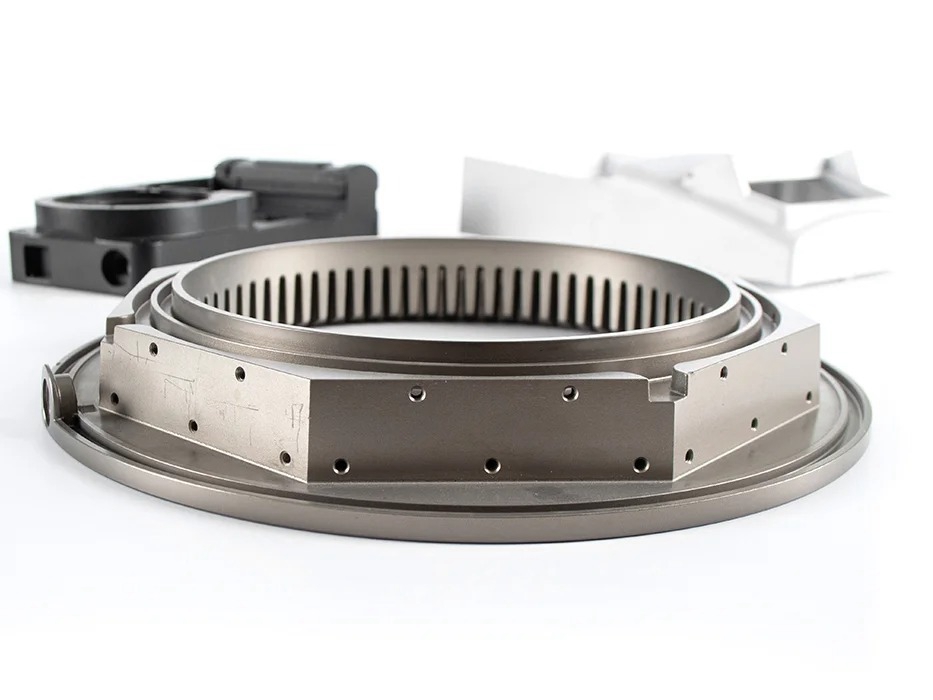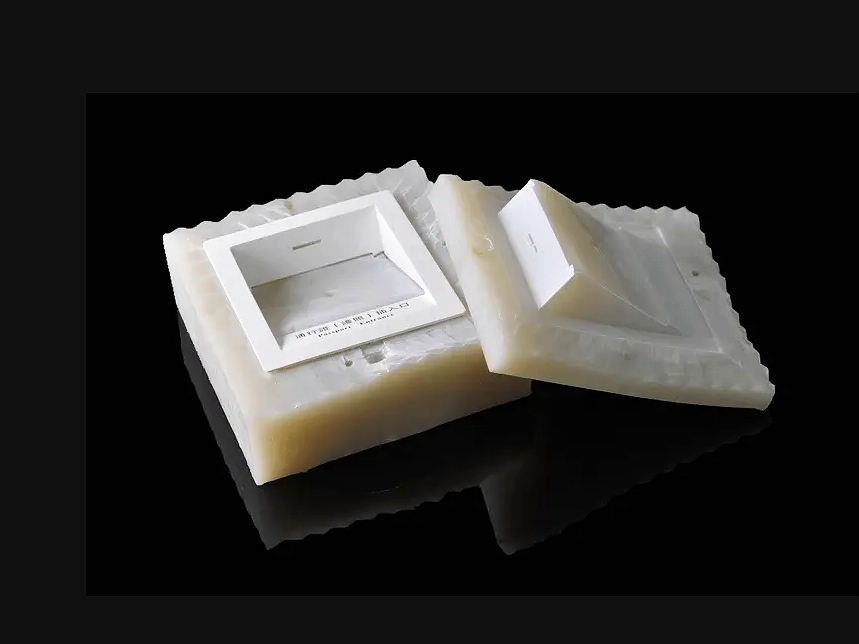Is rapid molding suitable for high-volume production?
Is Rapid Molding Suitable for High-Volume Production?
Understanding the Role of Rapid Molding in Production Scaling
Rapid molding is primarily engineered for low- to mid-volume production, typically ranging from 50 to 10,000 parts. It uses soft tooling—often aluminum or hybrid steel inserts—to accelerate mold fabrication and reduce costs. While this approach is ideal for fast iteration, bridge production, and product validation, it does have limitations when applied to high-volume manufacturing.
Key Factors Limiting High-Volume Suitability
Tooling Durability Aluminum molds used in rapid molding are cost-efficient but wear out faster than hardened steel.
Typical mold life: 5,000–20,000 cycles depending on material and part complexity
In contrast, steel tooling for traditional injection molding can last 500,000+ cycles
Cycle Time Optimization Rapid molds are not optimized for aggressive cooling systems or high-speed automation.
Result: Longer cycle times per shot in comparison to hardened steel molds
Material Compatibility Some engineering-grade polymers like PEEK or Ultem require elevated mold temperatures, which may stress aluminum tools and reduce tool life in high-volume runs.
Maintenance Frequency Softer molds require more frequent maintenance and inspections in long-term use, adding labor and downtime.
Ideal Use Cases for Rapid Molding
Bridge Production: Temporary solution while mass production tooling is in development
Design Iteration: Fast response to engineering changes without re-machining hard steel molds
Market Testing: Low-risk production of initial batches for feedback or pilot launches
Customization: Short runs of variants without high tooling investment
When to Transition to Traditional Molding
If your production exceeds 50,000 units annually, consider transitioning to steel tooling to achieve:
Lower cost per part over long runs
Reduced cycle time through advanced cooling systems
Extended mold life with fewer repairs
Neway’s Scalable Molding Support
Neway provides end-to-end solutions from rapid prototyping to full-scale production:
Rapid Molding Services for bridge production
Injection Molding for high-volume scalability
Material Consultation to ensure long-term tool and part performance
With ±0.05 mm precision, tool life prediction, and flexible production plans, Neway helps manufacturers seamlessly scale from prototypes to mass production.



